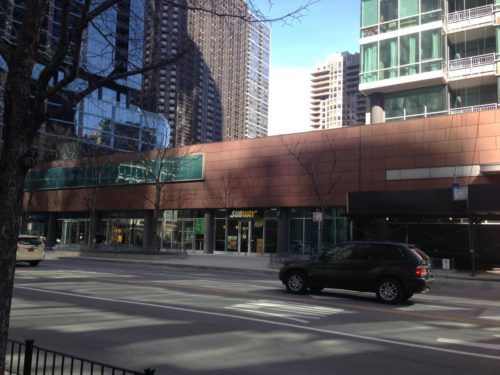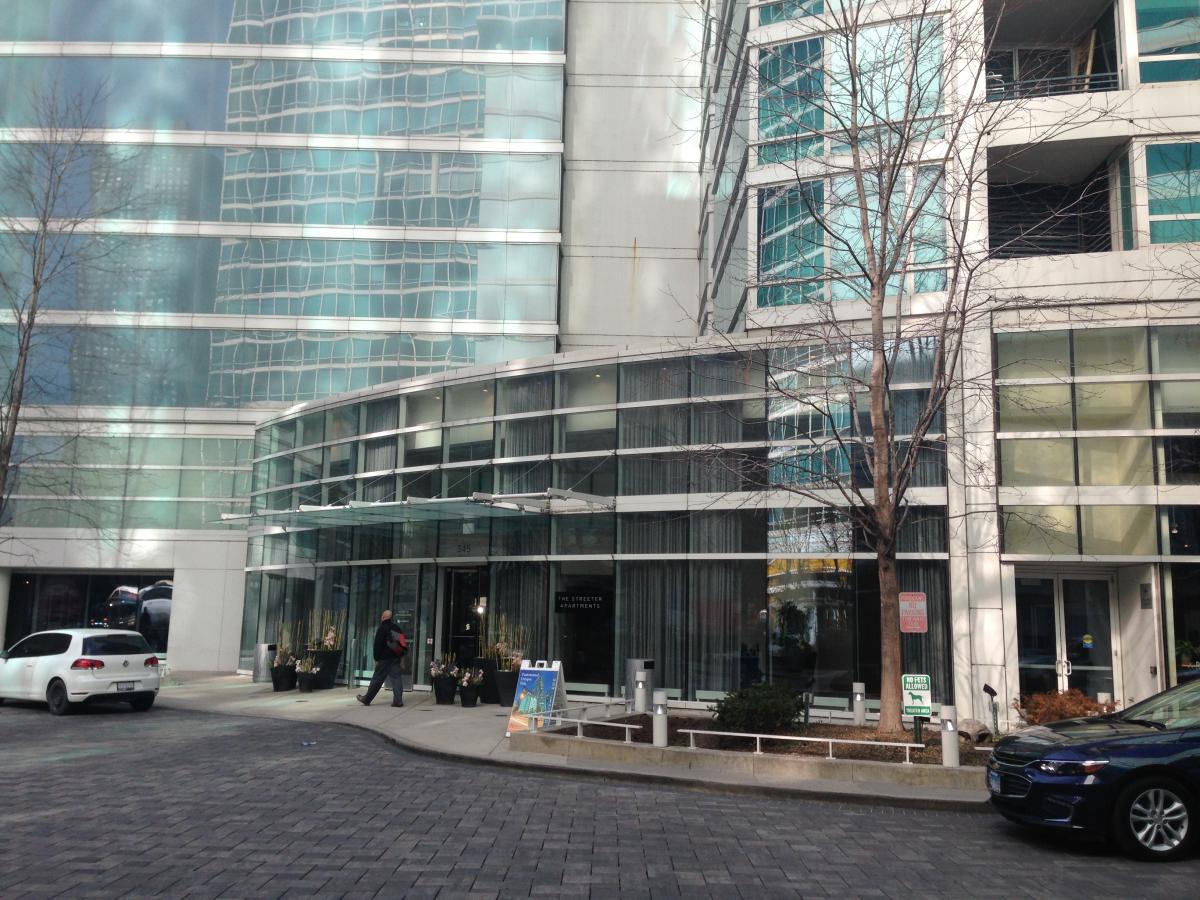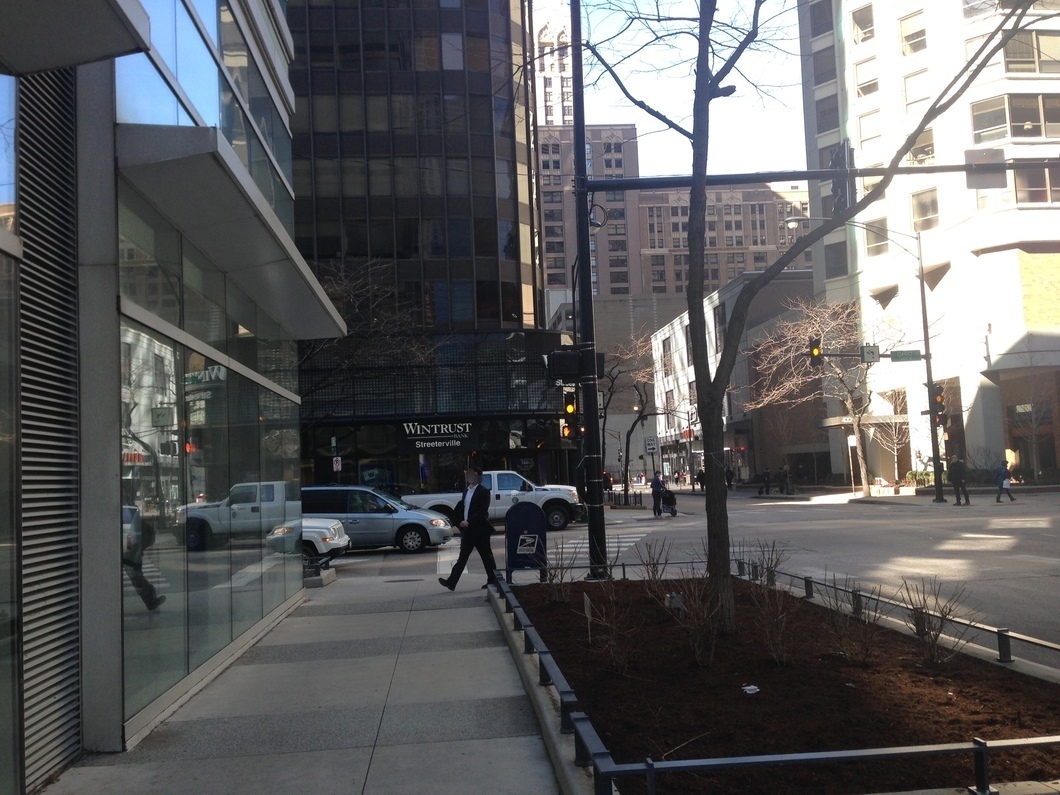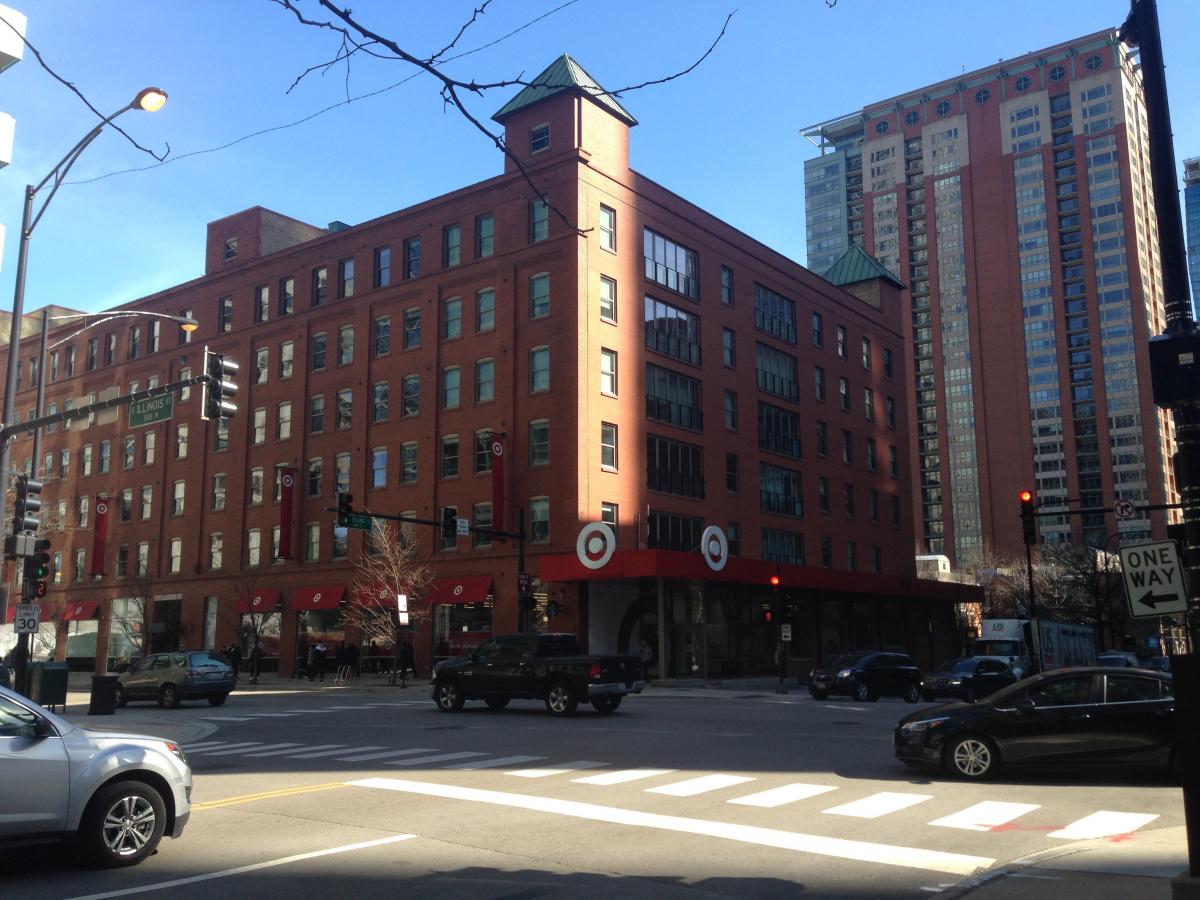The city of Chicago is central to this story, but it has been ignored in all the coverage.

On January 29 of this year, Jussie Smollett reported, to shocked media and the public, that he had been attacked at 2 a.m outside a 24-hour Subway in Chicago’s Streeterville neighbourhood, a short walk from where he lived while filming episodes of the show Empire. According to Smollett, two white men set upon, using a racial epithet and screaming “This is MAGA country,” poured a bleach-like substance over him, and threw a rope around his neck.
On March 26, prosecutors dropped all of the sixteen charges they had brought against him, charges which alleged that he had essentially faked the attack.
In the period between the two dates, the Smollett story became an international story that fueled rage and sympathy on the actor’s behalf—even Smollett, a public critic of President Trump, was surprised when the latter declared, with a shake of the head, “…it’s horrible. It doesn’t get worse…” As more details began to emerge, and when two Nigerian-American brothers, one of whom was Smollett’s personal trainer, said that they had been hired by him to stage the attack, public responses quickly reversed. At the same time, several factions keenly aware of the racism that is a part of the Chicago Police Departement’s DNA, responded critically to the massive number of charges and several among them also insisted that the actor was the one being framed.
As matters stand now, it seems unlikely that we’ll ever gain a full and complete picture of all the facts and there is shock and consternation on all sides. The Smollett incident has been seen as something of a Rorschach test on race and sexuality and an indictment of what many describe as the era of Trump, claiming that his ascendancy to power has resulted in a sharp increase in hate crimes. People’s responses—and their belief in Smollett’s version or lack thereof—have been defined by whatever ideological apparatuses and frameworks they bring to the complex set of issues represented in the matter. At the heart of the Smollett case is a complicated mixture of issues that include: a history of rampant police brutality in a city that also has a reputation for gun and other forms of violence, a long and often violent history of racist segregation in a city that is also home to a cherished history of labour activism, a city that is home to some of the wealthiest families in the world (and whose governor is a scion of one of them) as well as some of the poorest, and much more.
The city of Chicago is central to this story, but it has been ignored in all the coverage (apart from the usual stereotypes of it repeated so often in the last two months). This current piece is literally only an illustration of the historic neighbourhood, Streeterville, where the alleged attack took place. Expanding radially from this central location, my next article on the Smollett case, to be published within the next few weeks, will consider the several elements so far ignored in the media coverage.
For now, here are a few preliminary images of “MAGA country” or Streeterville, Chicago. I’ve deliberately left out some of the identifying details to give an impression rather than a detailed description of the neighbourhood for purposes that will become clearer in the coming article.


